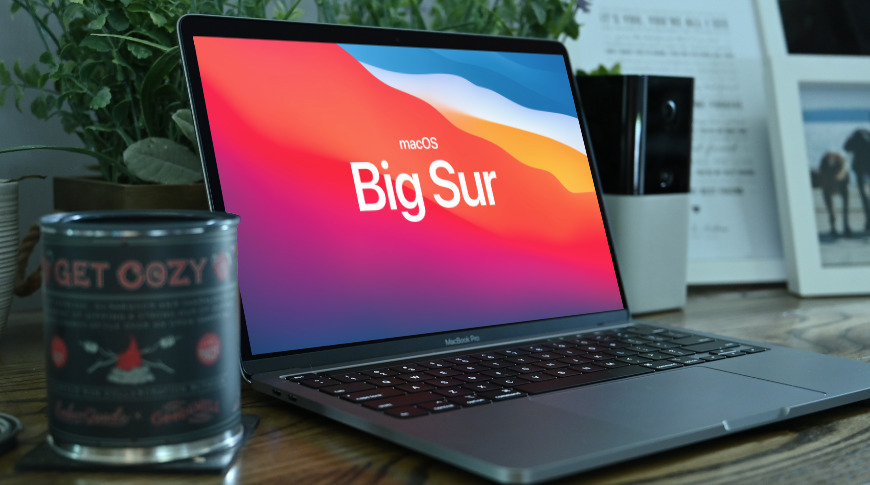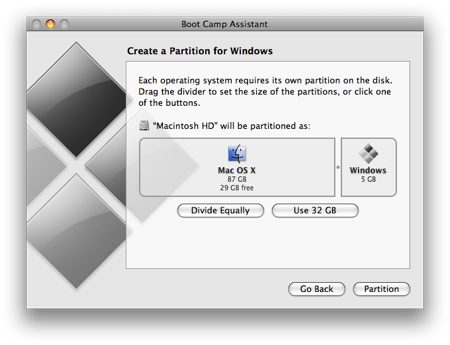

- #INSTALLING WINDOWS XP ON MAC BOOK PRO 2017 INSTALL#
- #INSTALLING WINDOWS XP ON MAC BOOK PRO 2017 DRIVERS#
#INSTALLING WINDOWS XP ON MAC BOOK PRO 2017 INSTALL#
Step 6: Open a Terminal window and paste in the following to download, patch the kernel to remove validation checks, and install the drivers.ĭisclaimer: While I trust Goalque’s script, you should always view the contents of the script by clicking the source link to verify its integrity. Step 5: Connect the power to the Akitio Node, and turn it on. Step 4: Connect to an external display from your graphics card via HDMI or Display Port. Subscribe to 9to5Mac on YouTube for more hands-on videos If you’re using a 13-inch model with four Thunderbolt 3 ports, Apple recommends connecting to the ports on the left side of the machine. Step 3: Connect the Thunderbolt 3 cable from the Node to one of the Thunderbolt 3 ports on the 2016 MacBook Pro. Step 1: Install the GTX 1080 Ti or other Pascal graphics card inside of the Akitio Node, and connect the 6+8 pin power connectors. This same technique will work with any Nvidia GPU with Pascal architecture, such as the GTX 1080, 1070, 1060, 1050, etc.

Here’s how I was able to get the GTX 1080 Ti working with my 2016 MacBook Pro. Watch our hands-on video walkthrough as we explain. The GTX 1080 Ti + Windows turns the MacBook Pro into an insanely powerful and flexible gaming machine with just a single Thunderbolt 3 cable. If you’re looking to truly experience the power of such a card with the MacBook Pro, however, you’ll need to step into the Windows world, and run a Boot Camp installation. As expected, it’s also a lot faster than the GTX 1050 Ti that I tested last week. That said, you can most certainly see the potential and performance differences between the 13-inch MacBook Pro’s integrated Intel Iris Graphics 550 GPU, and the beastly 1080 Ti.
#INSTALLING WINDOWS XP ON MAC BOOK PRO 2017 DRIVERS#
Nvidia’s drivers are still in beta, and from my hands-on time, the experience is far from perfect in macOS. After connecting the unit to my 2016 MacBook Pro via a Thunderbolt 3 cable, all it took was a simple shell script and a reboot to get the unit working with a (required in macOS) external display. I took the time to install my EVGA GTX 1080 Ti FE inside of my Akitio Node external GPU enclosure.
Needless to say this card is one that will interest those looking to push their games to the next level. That GPU is none other than the venerable GeForce GTX 1080 Ti - a $700 card with 11 Gbps of GDDR5X memory and a 11 GB frame buffer. After last week’s exciting release of Nvidia’s beta Pascal drivers for Mac, I was looking forward to trying the top of the line consumer GPU with my MacBook Pro.


 0 kommentar(er)
0 kommentar(er)
